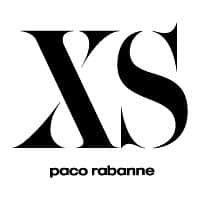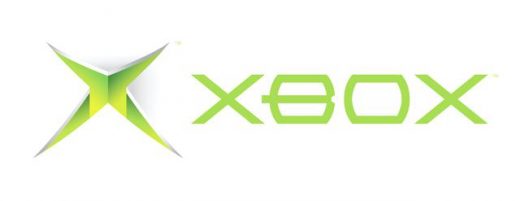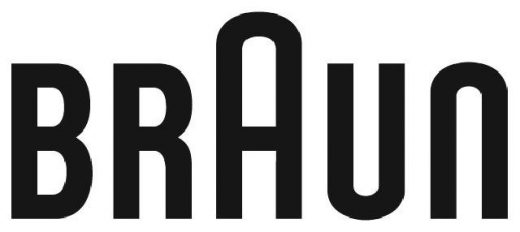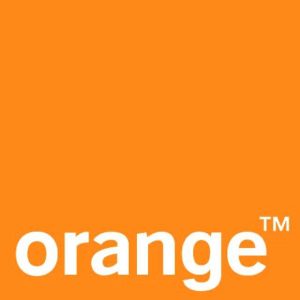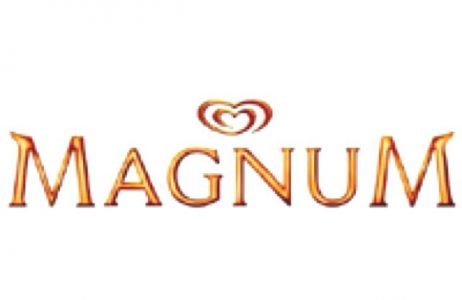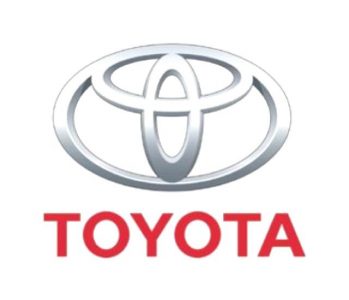Icelandic Audio & Video Translation Services
Video content is King
Send your project viral with the help of the UK’s leading Icelandic audio and video translation company.
Let us help you reach new markets and promote your content, with our expertise in re-versioning your audio and video content.
If a picture tells a thousand words, can you imagine what a video can do? Just look at the way social media is progressing, with the likes of YouTube, Vimeo, Snapchat and Vine; we are certainly the video generation, and so are your customers.
You will get an all-inclusive, cost-effective and hassle-free video translation solution.
From transcribing, translating a video and voicing it over, to creating Icelandic subtitles and graphically editing captions or on-screen text for a foreign language version of your video – we can do it all!
Impress your customers with a Icelandic version of your audio or video content, including business presentations, corporate and educational videos, e-learning courses, feature films, promo videos and many more.
GoLocalise adhere to rigorous quality assurance processes to monitor quality and precision throughout every stage of a translation project.
You won’t need to worry about the technical side or whether your product meets industry standards.
Our experienced project managers are all trained in voice over and subtitling and are well aware of the requirements and constraints involved.
We work with industry-standard subtitling software to thoroughly check all subtitle files before delivery, to ensure you get the highest quality possible.
We have more than 15 years’ experience in the localisation field, so you are in safe hands.
You can rest assured and trust us to deliver an accurately timed and perfectly translated Icelandic version of your script, audio or video content!
Whether you are a corporate client or a translation or production company, we will adapt to your needs so that you can add video or audio translation services to your portfolio of services.
We are only a call or email away or, if you prefer, visit our get-a-quote page to discuss your video or audio project in detail.
You will receive a Icelandic version of your video or audio file adapted to your project specifications and needs, and best of all, it will WOW your customers.
GoLocalise has been Atlas’s sole provider of translation and foreign voiceover services since 2011. Their friendly and efficient team have localised a range of technical and behavioural projects and in a variety of multimedia formats. Atlas considers GoLocalise to be our localisation partner; trusted to consistently deliver on time and to a high standard.
Learn more about Translation Services
Let's get started!
Create High Impact, First Time With GoLocalise As Your Audio And Video Translation Service Provider
- WOW your clients with first-class translations carried out by translation experts in that particular industry sector.
- Stringent quality control processes - subtitling (English) templates created and checked in-house, and timed to professional standards.
- Industry leading subtitling software to create subtitles that are perfectly timed to the exact frame and aesthetically positioned around shot changes.
- Your message faithfully and accurately delivered by experienced native subtitlers only.
- All translations are thoroughly quality checked by our experienced project managers before final delivery.
- You will receive ready-to-use videos with translated burnt-in subtitles - open captions - that are ready to be uploaded to your website. You can customise the style and look of the subtitles (font, size, colour, positioning, etc.).
- If you prefer to give your clients or viewers flexibility, why not go for subtitles that can be switched on and off in multiple languages? You can receive closed captions in the format of your choice – ready to be uploaded to YouTube or Vimeo channels, DVD or Blu-Ray.
- Go the extra mile by localising all your content. On-screen text and captions in your video can be translated and graphically edited, so that you receive a flawless foreign language version.
Let's get started!
Why Choose Us?
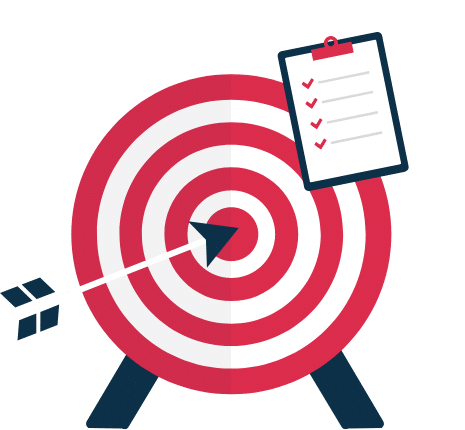
Leave your project to the experts at GoLocalise so that you can relax and be assured of getting top-notch results
Every single detail will be analysed, studied and looked after so that you do not need to worry. Some would say it’s not too classy to blow our own trumpet… but we just like to point out two very important details.
We have achieved ISO 9001 Quality Management certification in recognition of our consistent performance and high standards, and ISO 14001 Environmental Management because we care about our planet!
And if you are still curious and want to know more about us, why not have a look at our studio page.
GoLocalise offers transcription services for audio and video files in over 100 languages including English. Our expert team of transcribers will create a text version of your video or audio file, and we can also translate and/or voice over your transcript.
There are different variations of this service, all of which will result in a text document containing the dialogue from the source audio or video file:
This will include absolutely everything that is part of the footage, such as “ums, uhs”, false starts, noise words, any sounds, etc. The transcriber will also leave the speech as it is, even in the case of incorrect phrase or language selection, colloquialisms and poor grammar.
Word For Word Transcriptions
This type of transcription will only include the speech, but the transcriber will leave out any redundant or unnecessary elements such as nervous stutters, false starts, etc. The speech will however stay the same and will not be edited.
General Transcriptions
With this type of transcription, the style will be “written” more than “spoken”. Any grammar or syntax errors will be corrected in the process, and the text will read well and be grammatically correct.
We specialise in transcriptions that will be used as voice over scripts, (on-screen) captions and subtitles. Our experience in these fields has made us the top choice for clients all over the world who want to re-version their existing audiovisual content into several different language versions.
Transcriptions can be used for different purposes – as a script for a voice over session, or as reference when editing raw footage for example. We can also produce a time-coded and condensed version of the transcription that can be used for subtitling purposes.
No matter if your content is in English or any other language, we can help!
When localising and translating videos (whether you choose subtitling or voice over), you’ll find that often there are several elements that need to be localised. These elements can be on-screen graphics, text and/or captions.
Our expert project managers will review the video or project file and advise which elements would be best subtitled or graphically edited. If you do not have the project files, worry not; one of our expert editors will be able to re-create the graphics, captions and titles of your video.
Our expert editors work with a multitude of software: to localise graphics we use Photoshop or Illustrator; and After Effects and Final Cut Pro to create motion graphics and visual effects.
Once all elements are in the video, and the graphic elements have been created and localised, we can then rebuild the video and export it to whichever format and codec you need. We’ll prepare your video project for any platform, including PAL, NTSC, VOD, the Internet, smartphones, game consoles, mp3 players and tablets.
With our facilities and highly skilled operators, your videos are in safe hands!
3 Steps To High Quality Assurance
We use continuous quality control processes to monitor quality and accuracy at each and every stage of a translation project.
We use continuous quality control processes to monitor quality and accuracy at each and every stage of a translation project.
Each translated document is edited by a second translator to ensure accuracy and to address any linguistic issues. Again, the work is assigned to a specialist according to subject matter.
At GoLocalise, the translation process goes one step further with a final quality assurance step. A third translator revises the document to verify that editing changes and formatting have been properly implemented, and that there are no omissions or typographical errors. Every translation is checked word for word against the original and any changes that are required are made to ensure that the correct terminology is used consistently throughout the text.
Learn more about Translation Services
Let's get started!
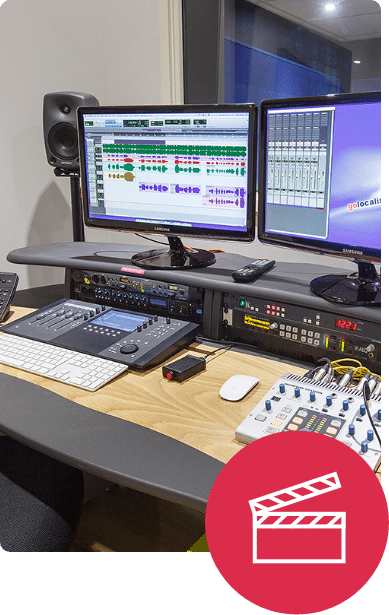
Working alongside translation & production companies
Having a Having a strong audiovisual departmentHaving a on your side makes all the difference!
With GoLocalise you get an experienced and motivated team of professionals that work regularly alongside translation and production companies.
We understand the technical requirements necessary to produce perfect foreign language and English voice overs.
Our project managers will assist you along the way and we’ll break down the process and present it to you without the big words or technical industry jargon, so you don’t need to worry about the technical aspects and can simply concentrate on growing your business.
By working with GoLocalise you’ll be able to offer additional services, i.e., voice over, subtitling and translation to your clients, with a partner who will deliver and on whom you can truly rely.
When working with translation companies we provide easy-to-follow guidelines so that you can provide your own translations for us to “convert” into subtitles, or voice over your translated scripts.
Or if you prefer, we can take the entire project off your hands and keep things simple for you – it’s your call!
We’re equally used to working with production companies, so we can deliver your translations or subtitles in any language and format of your choice – either burning-in the subtitles onto the video for you, or supplying you with XML or PNG files for you to do yourself – Adobe After Effects and Final Cut Pro ready files.
Reach your target market
Don’t leave your important communication to chance. Make sure your message is clearly understood by your audience and choose GoLocalise for your next voice over project. Check out our latest case studies.
We have thousands of passionate and professional voice over artists ready to work with you. Meet some of them in our blog stories.
No matter the type of voice you are looking for, we’ll either have it in our books or find it and source it for you. We’ll organise a casting and ensure you get the perfect voice to suit your needs.
You will also benefit from having your own dedicated project manager – a single point of contact – to guide you through your project, answer any questions you may have and make things a whole lot easier.
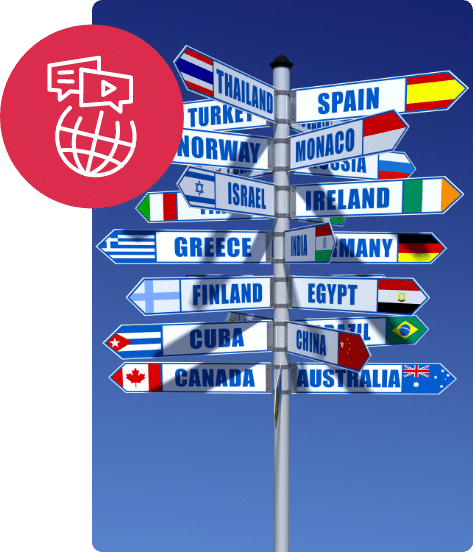

Meet your dedicated project manager
Your project will be in the safe hands of one of our multilingual project managers. They will guide you through every step and ensure you understand the process.
Our industry has a tendency to use lots of technical jargon but your dedicated project manager will be on-hand to untangle the mess and explain all you need to know to ensure you only pay for what you need.
If you need help in choosing the right voice over talent to deliver your message then just ask your project manager.
From booking our voice over recording studios to ensuring you project is delivered on time in your chosen media, relax and let your experienced project manager take care of everything.
You will receive unparalleled attention to detail and customer focus at competitive prices. You’ll wish everything was as easy as a GoLocalise voice over!
Your most discerning customers will thank you for choosing our modern state-of-the-art recording studios. Every detail has been carefully thought through for your comfort, leaving you to simply focus on what matters most – the voice over session.
Your recordings will sound beautiful and crystal clear thanks to our high-end studio sound-proofing and audio equipment, i.e. ProTools HD and Neumann microphones.
Maximise your budget by reducing the need for retakes with the help of our experienced in-house sound engineers who will professionally capture and edit your audio.
And for those recordings in languages which neither you nor your client speak, we’ll bring a qualified pro to your session to add that essential ingredient.
To make you feel right at home, we provide high-speed Wi-Fi Internet and air-con is available. And last but not least, we have the biggest cookie jar you’ve ever seen, that’ll make your custom brew taste even sweeter!
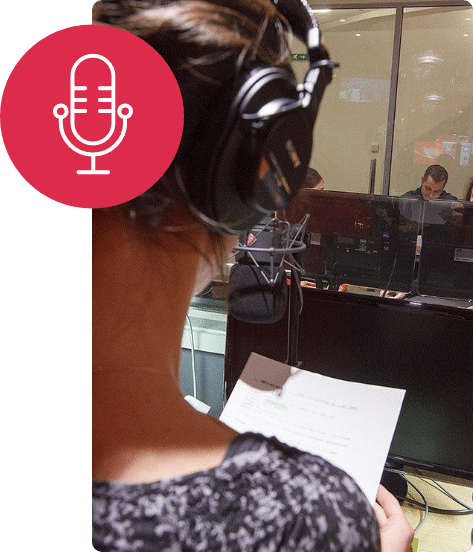
A Translation Masterclass
At GoLocalise nothing is too much hassle! The expert team of project managers, translators and linguists are always at hand to ensure your content is perfectly localised – whatever the media. You’ll benefit from a company with over 15 years’ experience, an in-house subtitling team, and in-house state-of-the-art recording facilities!
Audiovisual translation, or AVT, is a highly specialised type of translation, which is increasingly popular in today’s digital world. We are surrounded by audiovisual content, so it makes sense that there is a type of translation that is suitable for the modern technological world.
AVT requires some of the same skills as general translation but also poses additional challenges. In subtitling for instance, the translator must fit the translation into the time and space constraints posed by the video; whilst in voice over the length of the translation must be considered and match the original as closely as possible. And these are just a few examples.
AVT is certainly no easy task and it takes a team of experienced professionals to do it well. This is where we can help you. We are highly specialised in AVT, so you can trust us to deliver products which look good, sound great and are perfectly suited to your target audience, all in your preferred format.
We know that a game doesn’t just have to look good and play smoothly, it also has to sound great and read well too. That’s why we, at GoLocalise, provide all our clients with carefully selected linguists, who are not only specialists in the video game field but are also gamers themselves.
We look after every single detail when localising games into foreign languages and always use the latest glossaries for all the current video game platforms, Wii, PlayStation, Xbox, etc. so that terminology and platform word choices are always spot-on.
GoLocalise provides your company with e-learning translation, localisation and voice over services, leaving you with a ready-to-host product.
We only employ highly skilled linguists who have extensive experience in e-learning and a sound understanding of the particular industry sector they are dealing with.
Our service includes the management of the whole process and the delivery of content adapted to foreign markets.
The steps and services involved in any end-to-end e-learning project are: the translation of the course and on-screen text; the localisation of the course graphics; the voice over recording of the course with your preferred voice over talent/s; and the quality control during which the localised course files are reviewed against the original files.

Price Match Promise
Challenge Our Prices, Enjoy Our Quality
A Brief History Of Icelandic
Icelandic is a North Germanic language, the language of Iceland. It is an Indo-European language belonging to the North Germanic or Nordic branch of the Germanic languages. Historically, it was the western most of the Indo-European languages prior to the colonisation of the Americas. Icelandic, Faroese, Norn, and Western Norwegian formerly constituted West Nordic; Danish, Eastern Norwegian and Swedish constituted East Nordic. Modern Norwegian Bokmål is influenced by both groups, leading the Nordic languages to be divided into mainland Scandinavian languages and Insular Nordic (including Icelandic).
Most Western European languages have greatly reduced levels of inflection, particularly noun declension. In contrast, Icelandic retains a four-case synthetic grammar comparable to, but considerably more conservative and synthetic than, German. By virtue of its being in the Germanic family, which as a whole reduced the Indo-European case system, it is inappropriate to compare the grammar of Icelandic to that of the more conservative Baltic and Slavic languages of the Indo-European family, many of which retain six or more cases, except to note that Icelandic utilises a wide assortment of irregular declensions. Icelandic also possesses many instances of oblique cases without any governing word, as does Latin. For example, many of the various Latin ablatives have a corresponding Icelandic dative. The conservatism of the Icelandic language and its resultant near-isomorphism to Old Norse (which is equivalently termed Old Icelandic by linguists) means that modern Icelanders can easily read the Eddas, sagas, and other classic Old Norse literary works created in the tenth through thirteenth centuries.
The vast majority of Icelandic speakers—about 320,000—live in Iceland. There are over 8,000 speakers of Icelandic living in Denmark, of whom approximately 3,000 are students. The language is also spoken by some 5,000 people in the US and by over 1,400 people in Canada, with the largest group living in Manitoba, notably Gimli (Gimli being an Old Norse word for ‘heaven’). While 97% of the population of Iceland consider Icelandic their mother tongue, the language is in decline in some communities outside Iceland, particularly in Canada. Icelandic speakers outside Iceland represent recent emigration in almost all cases except Gimli, which was settled from the 1880s onwards.
The state-funded Árni Magnússon Institute for Icelandic Studies serves as a centre for preserving the medieval Icelandic manuscripts and studying the language and its literature. The Icelandic Language Council, comprising representatives of universities, the arts, journalists, teachers, and the Ministry of Culture, Science and Education, advises the authorities on language policy. Since 1995, on November 16 each year, the birthday of 19th-century poet Jónas Hallgrímsson is celebrated as Icelandic Language Day.
Early Icelandic vocabulary was largely Old Norse. The introduction of Christianity to Iceland in the 11th century brought with it a need to describe new religious concepts. The majority of new words were taken from other Scandinavian languages; kirkja (‘church’), for example. Numerous other languages have had their influence on Icelandic: French brought many words related to the court and knightship; words in the semantic field of trade and commerce have been borrowed from Low German because of trade connections. In the late 18th century, language purism began to gain noticeable ground in Iceland and since the early 19th century it has been the linguistic policy of the country (see linguistic purism in Icelandic). Nowadays, it is common practice to coin new compound words from Icelandic derivatives.
Icelandic personal names are patronymic (and sometimes matronymic) in that they reflect the immediate father (or mother) of the child and not the historic family lineage. This system—which was formerly used throughout the Nordic area and beyond— differs from most Western family name systems.
Learn more about Translation Services
Let's get started!
The Complete Solution To Adapt Your Content
Looking to get your entire project under one roof? Look no further, we can help you make life easier for you!
- Neumann Microphones
- On-hand Sound Engineers
- Talented Voice Over Actors
- State-of-the-art Recording Studios
- Tailored to Your Business
- Stringent Quality Control Process
- Laser-Focused Project Managers
- Global Network of 600+ Languages

- Professional Subtitlers
- Open/Closed Captions & Web
- Industry-Standard Software
- Subtitle Burn-in & Graphic Editing

- Improve accessibility
- Reach a wider audience
- Increased SEO and video views
- Maximise your video's engagement
